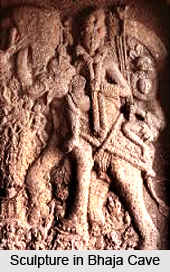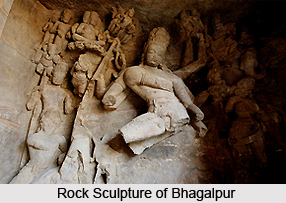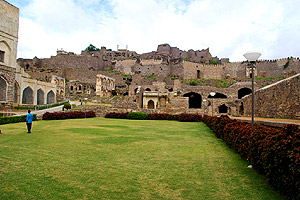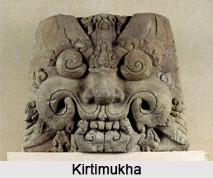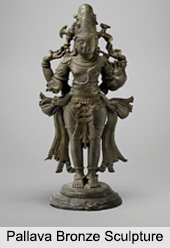 Pallava bronze sculptures were staunch Shaivites and dedicated various forms of Shiva in temple complex. The bronze sculptures built by the early Pallavas were very small in size. Pallavas developed the Shaivite iconography and they also worshipped Lord Vishnu. They utilised their remarkable wealth earned through their wide-ranging conquests in building long-lasting stone temples and wonderful bronze sculptures.
Pallava bronze sculptures were staunch Shaivites and dedicated various forms of Shiva in temple complex. The bronze sculptures built by the early Pallavas were very small in size. Pallavas developed the Shaivite iconography and they also worshipped Lord Vishnu. They utilised their remarkable wealth earned through their wide-ranging conquests in building long-lasting stone temples and wonderful bronze sculptures.
Features of Pallava Bronze Sculptures
During the Pallava period, metal sculpture strongly followed the principles of contemporary stone sculpture. Most of the Bronze sculptures were less than one foot high and the figures were natural in pose and moulding. The faces of these Bronze sculptures were slightly taller and broad with a flat nose and double chin. The front of the torso of these sculptures was almost flat and the emblems were as a rule either held naturally in the hand or placed just above them.
The "kirita" or headdress of these bronze sculptures is usually cylindrical, the "hara" or necklace is rather simple in shape and their number is not more than one or two. There is no trace of the metal images of the early phase of the Pallava period as at that time the rituals were very simple. After the 8th century, the bronze started appearing from time to time. The Bronze sculptures of the Pallavas have rounded and chubby face with distinct features, fleshy nose, almond-like eyes, naturalistic eyebrows and tender lips with a smile.
Prominent Bronze Sculptures of Pallavas
Few of the bronze sculptures of Pallavas include the Vishnu as Srinivasa from Peruntottam in the Mayavaram region of Thanjavur district. This bronze sculpture of Vishnu is said to be the earliest of the bronzes of the Pallava period. The recent study of Vishnu forms discloses him with four hands, the upper left carrying a conch (sankha) and the right carrying the "chakra" (discus) while the lower right in the "abhaya" (protection) form and left resting on the hip. He is represented with two spouses; one being Sridevi (Goddess of prosperity), identified as Goddess Lakshmi, and the other is Bhudevi (Earth Goddess). Both these goddesses are shown standing on the right and left sides of Vishnu, each having a pair of arms, while one carries the flower, the other hangs freely. The Devis are shown wearing the prominent elbow ornaments of like the simple conch and striped lower garment. The discus of Srinivasa, the girdle of Srinivasa, the "padmas" (lotuses) of the deities with naturalistically rendered petals and the characteristic modelling of Srinivasa with a majestic torso with somewhat proportionate legs as well as the slender and beautiful rendering of the Devis identify these sculptures belonging to the Pallava period.
The Vishnu sculpture, now situated in the Indian museum, Kolkata belongs to a slightly later period and it is supposed to hail from the Mayavaram region. Some other bronze sculptures of the Pallava period include the standing Vishnu (9.5 centimetres tall) from Valududaiyur, hamlet in Adikudi in Tiruchirapalli district and the gold-plated Maithreya from Melayur in Thanjavur district 39.5 centimetres in height. All the details of these sculptures represent the characteristic style of this period. The Pallava bronze belong mainly to the Mayavaram region and are mostly Vishnu images except for the Maithreya, but the latter has many points in correspondence with the former. The first stone and mortar temples of South India were constructed during Pallava rule and were based on earlier brick and timber first of its kinds. Pallava sculptors later adapted to free-standing structural shrines which inspired Chola temples of a later age. Some of the best examples of Pallava art are the Kailasanathar Temple at Kanchipuram, the Shore Temple and the Pancha Rathas of Mahabalipuram. Akshara was the greatest sculptor of their time.
